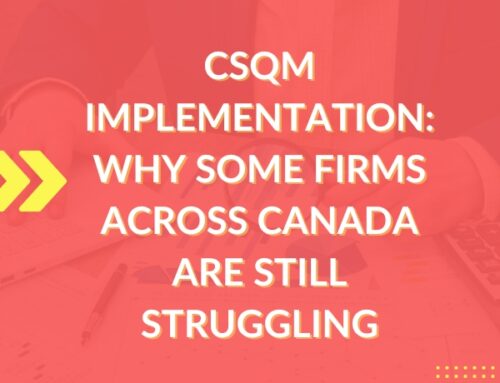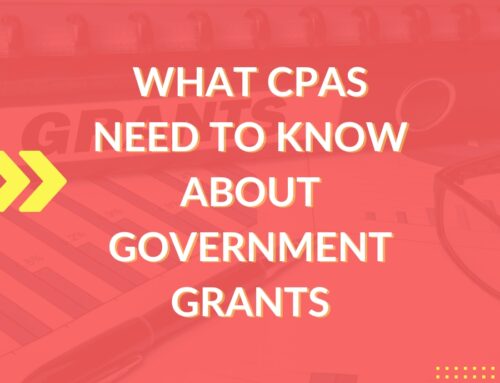Posted April 11, 2023.
On March 28, 2023, the Honorable Finance Minister Chrystia Freeland tabled the 2023 federal budget. In-store is over $432 billion in spending with a major focus on tax incentives for businesses who invest in clean technologies, dental and healthcare.
Other notable measures include increased tax for the wealthy. There were no changes to personal tax rates, or changes to the widely speculated capital gains inclusion rate.
The main business tax measures:
- Clean Energy Tax Credits:
There were several tax incentive measures towards capital investment, some of which were previously announced.:
-The introduction of a refundable investment tax credit for purchase of certain clean hydrogen equipment, which will be 15% to 40% of the cost of eligible equipment and must become useful on or after March 28, 2023. This credit will be phased out starting 2034.
-A clean technology tax credit focussed on certain geothermal energy systems. The tax credit will be 30% of investment costs. Qualifying equipment will be used for generating electricity from active solar heating, air-source, and ground source systems. Capital equipment will be in Class 43.1 and will be phased out in 2032, but the credit will remain for a transitional year (2033) and drop to 15% in the final year, 2034.
-30% of refundable tax credits on machinery and equipment and industrial vehicles used in manufacturing.
As already proposed earlier in 2022, there is a 50% reduction in corporate taxes for corporations which are zero-emission technology manufacturers. A carbon capture, utilization and storage tax credit is introduced with additional details pending, and will include eligible expenses through the years 2021 and ending in 2040.
General anti-avoidance rule (“GAAR”)
The GAAR will be modernized by amending the existing subsection 245, starting with an inclusion of a new preamble. This is to ensure that the rule applies as intended. The threshold is lowered to be “one of the main purpose” tests, which replaces the “primary purpose” test. There are other changes that will cover the economic substance test (lack of this will conclude no GAAR application), and an option to disclose the transaction to the CRA. This will also avoid extension of the reassessment period. A GAAR assessment will result in 25% of the tax benefit but can be avoided where transactions are disclosed on a volunteer basis, or using the new proposed mandatory disclosure rules.
Flow-through shares and Critical Mineral Exploration Tax Credits (“CMETC”) to include Lithium and Brine.
The government introduces a new CMETC mineral list to include Lithium and Brine. The previous 2022 list included copper, nickel, lithium, cobalt, graphite, rare earth elements, scandium, titanium, gallium, vanadium, tellurium, magnesium, zinc, platinum group metals, and uranium. The eligible period is from March 28, 2023, and before April 2027.
- 2% tax on share repurchase.
This tax will apply towards public corporations’ resident in Canada (excluding mutual fund corporations) on the net value of repurchase of shares where the value is calculated on a fair market basis less the value of shares issued from treasury. This is an annualized test. The tax does not apply if the corporation repurchased on a gross basis equity that does not exceed $1 million. Certain exceptions apply such as repurchases as part of a corporate reorganization or debt-like preferred shares, and this tax is applicable on or after January 1, 2024.
Contrary to speculations, on the personal tax measures, the capital gains inclusion rate remains unchanged, however, the alternative minimum tax (“AMT”) regime will see some major changes. The change to the AMT is widely seen as the government’s efforts to tax the wealthy and ensure a fairer tax system.
The new AMT rules are broadened to include the following:
- Increase the AMT capital gains from 80% to 100%, and 100% where there is a benefit that is related to an employee stock option.
- A 30% inclusion on gains from donations of public securities to charities.
- The AMT exemption increased from $40,000 to $173,000 and indexed annually. Additionally, the AMT rate is increased from 15% to 20.5%.
- A disallowance of 50% on certain types of deductions such as employment expenses, CPP deductions, and non-capital loss carryovers among other items.
- GST credits to compensate for the increase in grocery prices. The credits will be doubled from the previous limits. This means$153 per adult and $81 for a child, as well as an $81 supplement will be paid. All payments will be made once the grocery rebate is legislated.
- Uninsured Canadian families with less than $90,000 of annual income and no copays for family incomes less than $70,000 will be provided dental coverage via the Canadian Dental Care Plan. Amendments will be included to allow CRA to share taxpayer information.
- The Canada Students Grant is increased by 40% and up to $4,200 for full-time students.
- The interest free loan weekly limit is increased from $210 to $300.
- Mature students do not need to undergo a credit screening to qualify for federal grants and first-time loan assistance.
The new measures are expected to target the wealthy, which is indicated by raising the exemption limit to $173,000. The rules will be effective for years after 2023.
Other notable changes
The Budget 2023 also tightens rules for genuine intergenerational sale of shares and with clarity on how the transition of family business is to occur. The sale can occur either as an immediate transfer of both voting and economic interests with a full transition of voting shares within 36 months of the sale date, or an immediate transfer of control with the economic transfer over a 36-month period from the sale date. The rules also allow for a gradual 5- or 10-year period where a balance of economic value and equity interest is reduced to 30% of the value In a small business corporation at the sale time. A capital gain reserve for qualifying share transactions can be taken up to 10 years.
There are new rules for employee ownership trusts (“EOT”) that will help employees acquire and hold shares of the employer’s business, and the sale by the shareholder can avail of 10-year capital gain reserve when sold to the EOT. The trust will not be subject to the regular 21-year disposition and must be a Canadian resident trust.
The RESP withdrawal limit increased to $8,000 in respect of the first 13 consecutive weeks of enrollment for beneficiaries enrolled in full-time programs, and up to $4,000 per 13-week period for beneficiaries enrolled in part-time programs. Also, there is an amendment to enable divorced or separated parents to open joint RESPs for one or more of their children, or to move an existing joint RESP to another promoter.
Tradesmen can now expense tools up to $1000 and this is an increase from the previous $500 limit. This is effective starting in 2023 taxation years.
There are relief measures for the lower income Canadians such as:
Finally, there is an affordable financial assistance for students. Details include:
Overall, Budget 2023 is an effort to appeal to a broader group of Canadians, however, it is questionable if some of the changes actually help hardworking, successful, Canadian business owners, with changes to AMT as an example. The spending in a slow and recession economy will cost the government $43 billion for 2023-24 and $40.1 billion for 2024 with an expectation of lowering deficit in the subsequent years.
Do you have an idea for a course related to this year’s budget? Reach out to us at [email protected].






